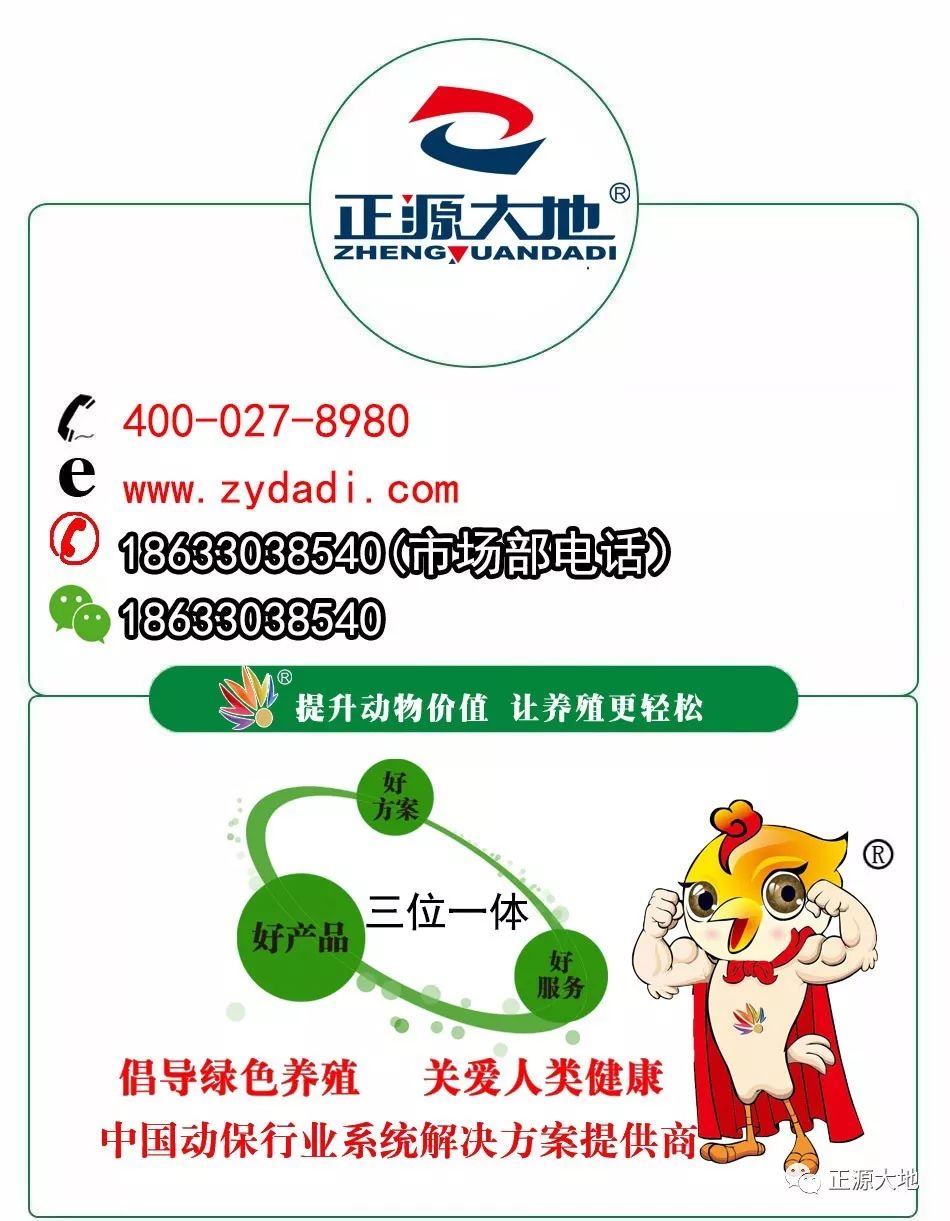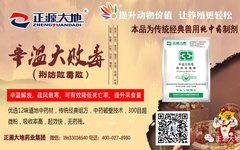
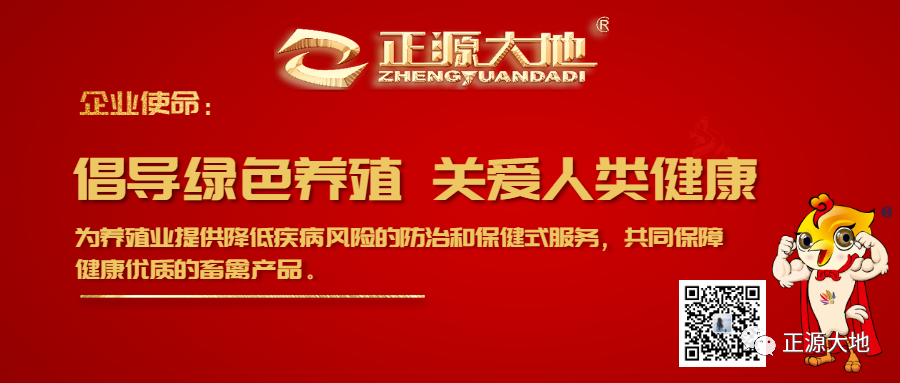
The feared Wind-Cold common cold is the process by which the body is affected by the Wind-Cold evil.
Wind evil is the foremost of the six external evils, with Cold evil ranking second. Characteristics of Wind evil: Wind is a Yang evil, light and dispersing in nature, moving and changing frequently, and is unpredictable. Therefore, Wind evil can easily invade the head, face, and surface of the body. Wind is active, and clinically manifests as muscle tremors, limb spasms, neck stiffness, opisthotonos, and a fixed stare.
As stated in the Suwen, Treatise on Yin and Yang Correspondences: “When Wind prevails, movement occurs.” External Wind evil leads to the common cold, presenting with fever, aversion to wind, clear nasal discharge, and cough, treated by dispelling Wind and resolving the exterior. Wind evil can invade the meridians, causing movement impediments. Here, we refer to external Wind evil. Characteristics of Cold evil: Cold is a Yin evil that easily injures Yang Qi. If Cold evil binds externally and damages the Wei Yang, symptoms of aversion to cold and tight skin may appear. If Cold evil directly invades the Spleen and Stomach, it damages Spleen Yang and disrupts transformation and transportation, leading to symptoms such as abdominal cold pain, diarrhea with clear stools, frequent clear urination, and vomiting of clear fluids. Affected livestock may exhibit clear diarrhea. Cold nature causes stagnation and pain; stagnation means blockage and lack of smooth flow. Cold evil invading the body can cause Qi and blood to stagnate, leading to pain; where there is blockage, there is pain.
Thus, Cold evil is one of the causes of various pains. For instance, Cold evil injures the exterior, causing stagnation of Ying and Wei, resulting in limb pain. Cold evil directly invading the intestines and stomach leads to abdominal cold pain and diarrhea. Cold nature contracts; when it affects the surface, it causes hair follicles to contract and pores to close. In poultry, it can cause fluffing of feathers and difficulty in limb and joint movement. External Cold with internal Heat can lead to swelling of the head and face.
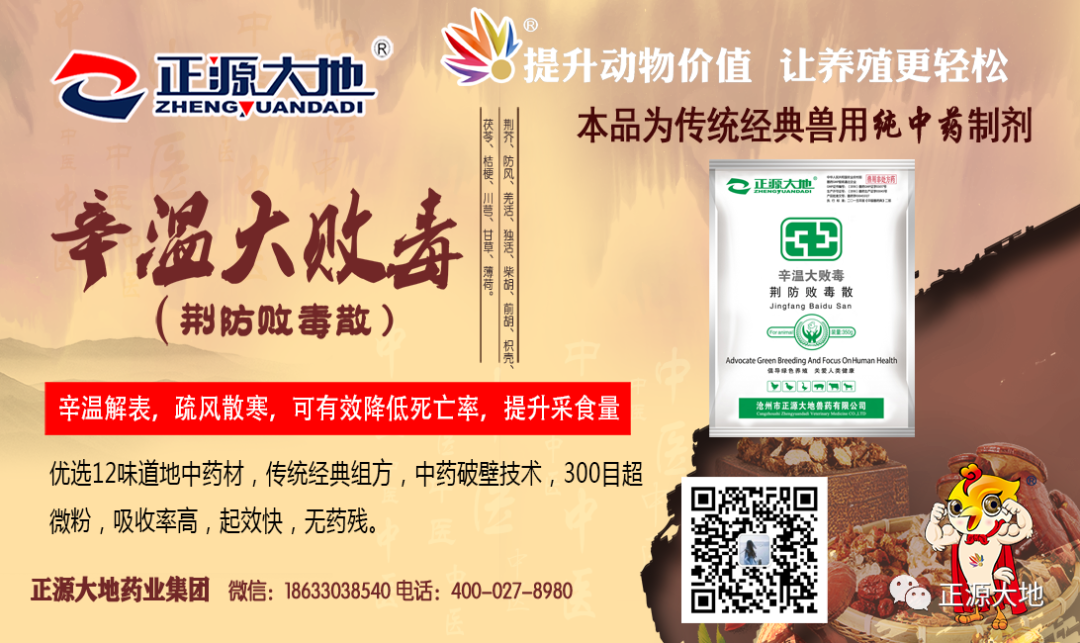
In practical production, Wind and Cold evils often act together. These two conditions frequently occur simultaneously, which is known as Wind-Cold common cold. The initial symptoms of Wind-Cold common cold include aversion to cold, fluffing of feathers, limited movement, cough, and clear nasal discharge. Wind-Cold on the surface belongs to exterior Cold symptoms. The treatment principle is to disperse Wind and Cold, using warming and exterior-releasing methods while ensuring warmth and preventing invasion by the Wind. A representative formula is Xinwen Dabaidu (Jingfang Baidu San). It is advisable to treat early rather than late. Xinwen Dabaidu ingredients: Jing Jie (Schizonepeta), Fang Feng (Siler), Qiang Huo (Notopterygium), Du Huo (Angelica pubescens), Chuan Xiong (Ligusticum), Chai Hu (Bupleurum), Fu Ling (Poria), Zhi Ke (Bitter Orange), Qian Hu (Peucedanum), Jie Geng (Platycodon), Gan Cao (Licorice). Formula explanation: Jing Jie and Fang Feng are used to disperse Wind-Cold from the muscle surface. Qiang Huo and Du Huo are used to dispel Wind and eliminate dampness, alleviating pain. These four herbs are the monarch herbs, working together to accomplish the task of releasing the exterior and dispelling evil. Chuan Xiong and Chai Hu are used to invigorate blood and dispel Wind, clearing Wind-Heat. They are the minister herbs. Fu Ling, Zhi Ke, Qian Hu, and Jie Geng are used to open the chest, regulate Qi, and stop cough. They are the assistant herbs. Gan Cao is the envoy herb, harmonizing all the other herbs. The monarch, minister, assistant, and envoy work together to achieve the effects of sweating, releasing the exterior, dispersing Cold, and eliminating dampness. This is most suitable for treating the initial symptoms of external Wind-Cold.
As the condition progresses or worsens, symptoms of half-exterior and half-interior may appear, with Cold evil directly invading the intestines and stomach, causing gastrointestinal cold pain, leading to undigested food and abdominal pain with diarrhea. Appetite may decrease. One can add Jianpi Lizhong San to strengthen the Spleen and regulate the middle.
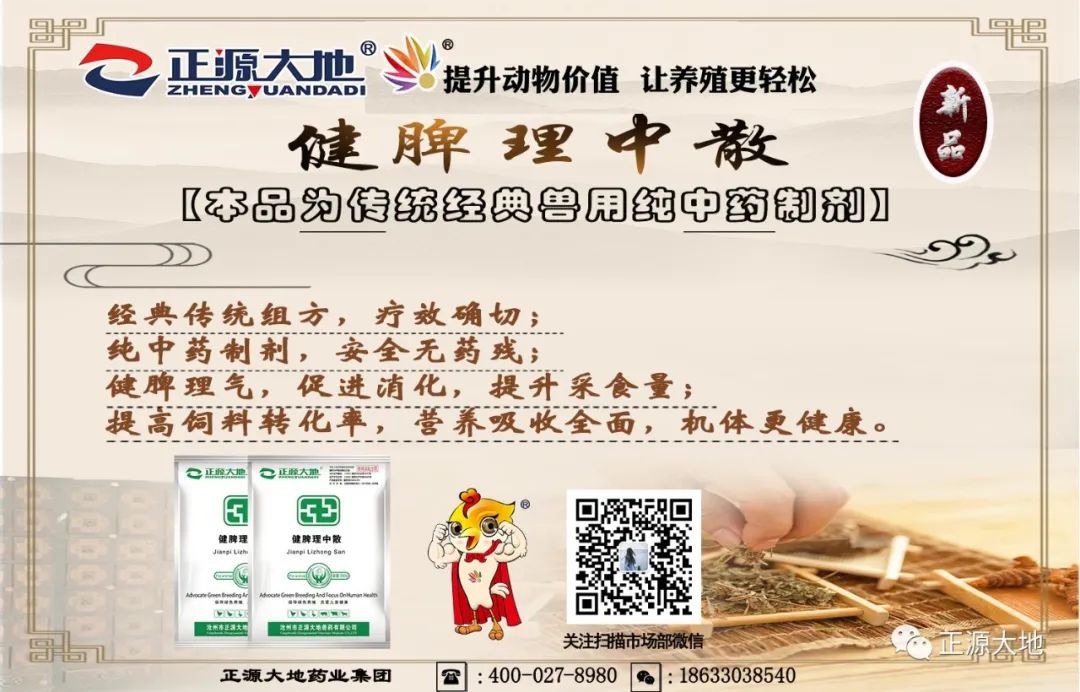
(All works marked as “original” by this public account are owned by Hebei Zhengyuan Dadi Animal Pharmaceutical Co., Ltd. No entity may reproduce, excerpt, mirror, or use the aforementioned works in any other way without obtaining authorization from the rights holder. Otherwise, legal responsibility will be pursued.
Author of this article: Wei Yongzheng, Senior Technical Political Commissioner of Zhengyuan Dadi Pharmaceutical Group. The proposals in this article are for reference only; if adopting the proposals, they should be based on actual circumstances.)
Selected Past Articles
Click directly to see more exciting original content from Zhengyuan Dadi Pharmaceutical:
Link One: Ma Hui – The Ecological Symbiosis of Enterprises
Link Two:Zhengyuan Dadi“2019 Fourth Harbin Customer Annual Meeting” Video
Link Three:Ma Hui – The Power of Belief
Link Four:Ma Hui – Crisis and Glory
Link Five:Ma Hui – Overcoming the Secondary “Disaster” of Epidemics
Link Six:Ma Hui – Discussion on Enterprise Talent
Link Seven::General Manager Ma Hui’s Article | On Service Relationships
(Please enjoy: Quality Casting, Technology First – Zhengyuan Dadi, Never Forgetting the Original Intention! Note: Video duration is 4 minutes, recommended to watch on Wi-Fi)
